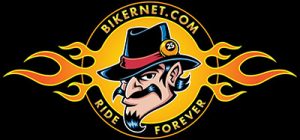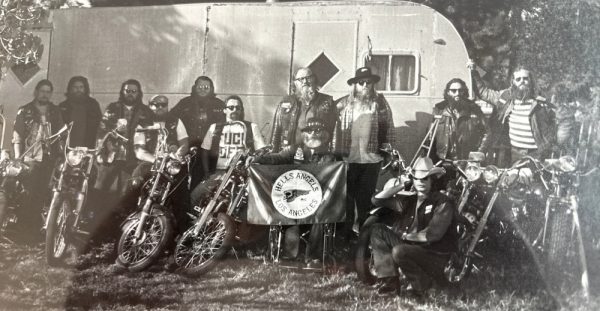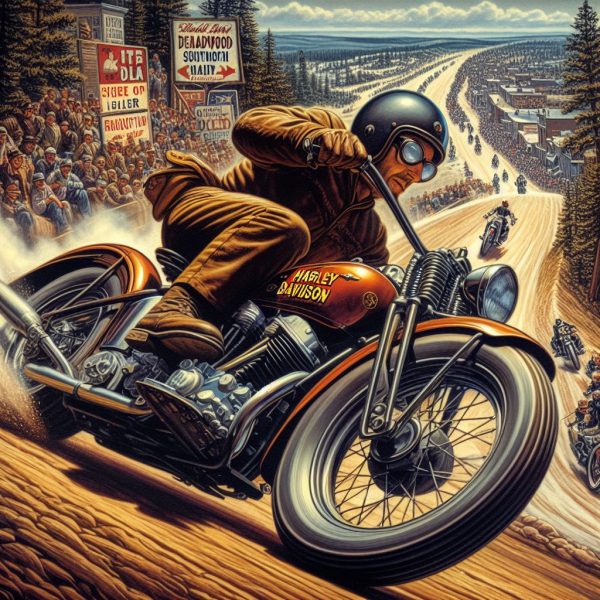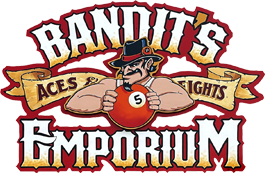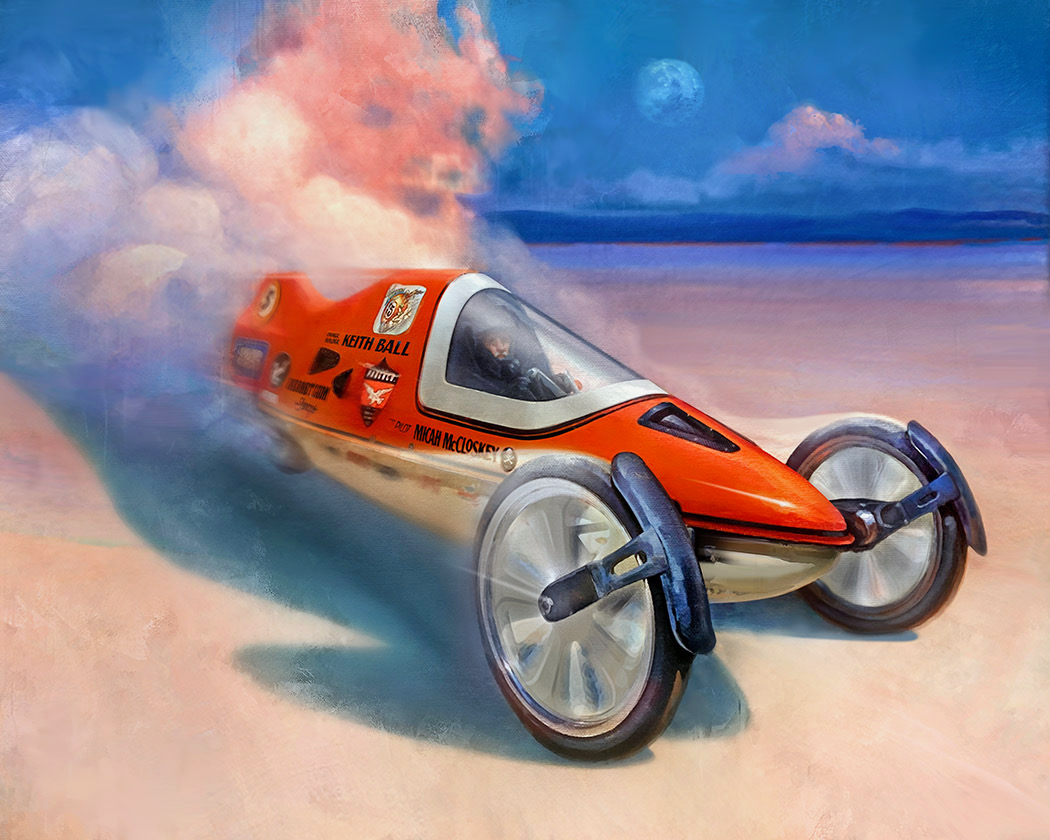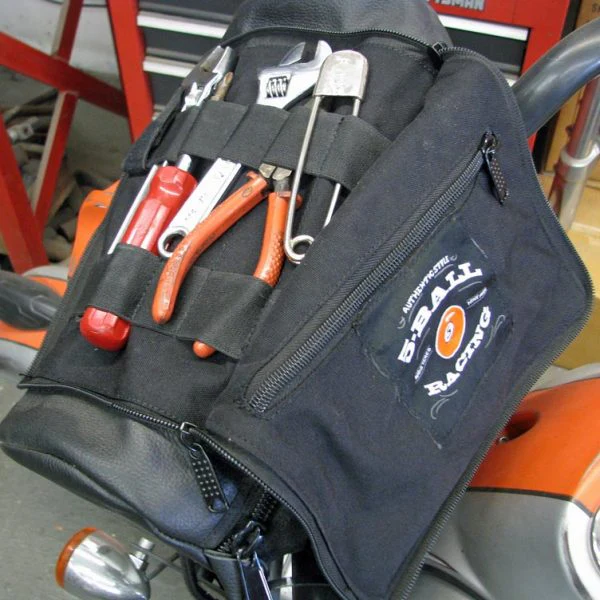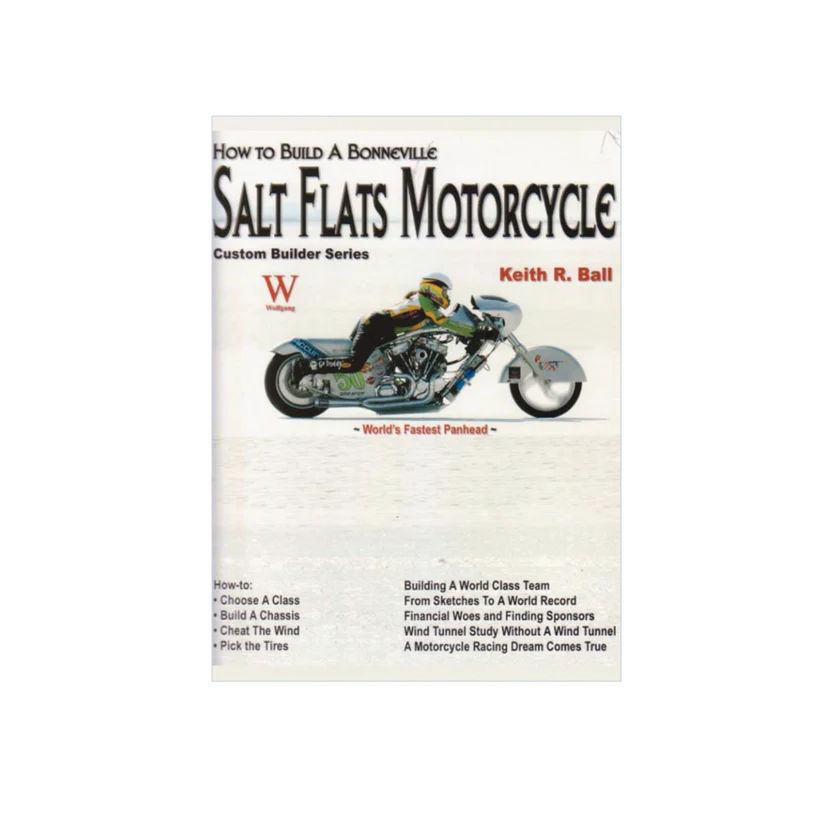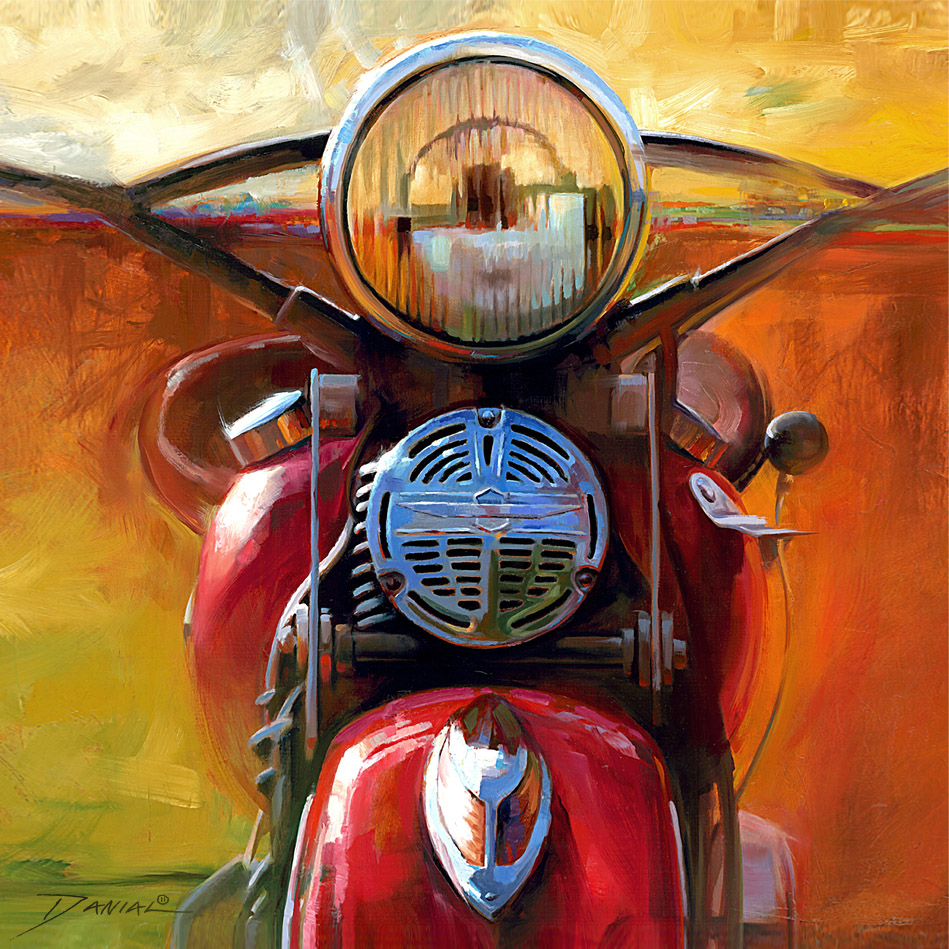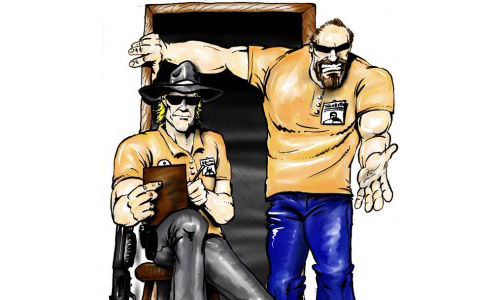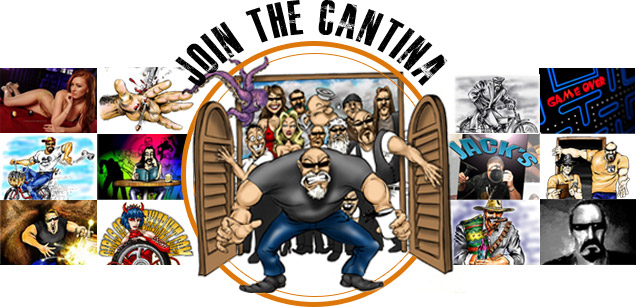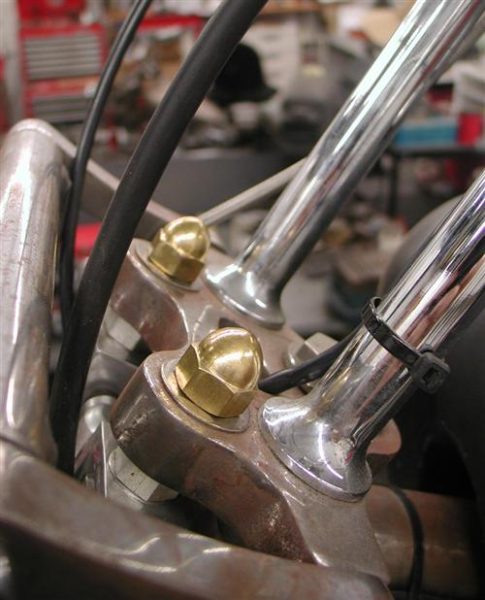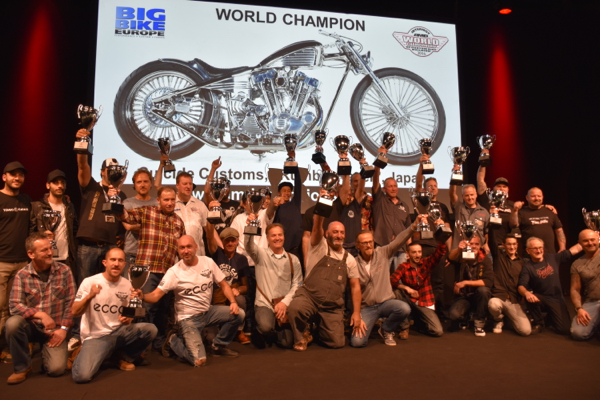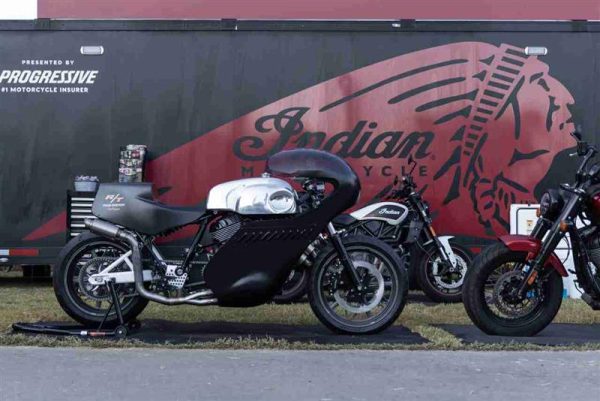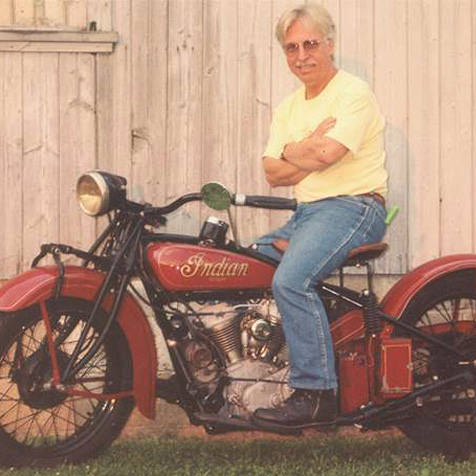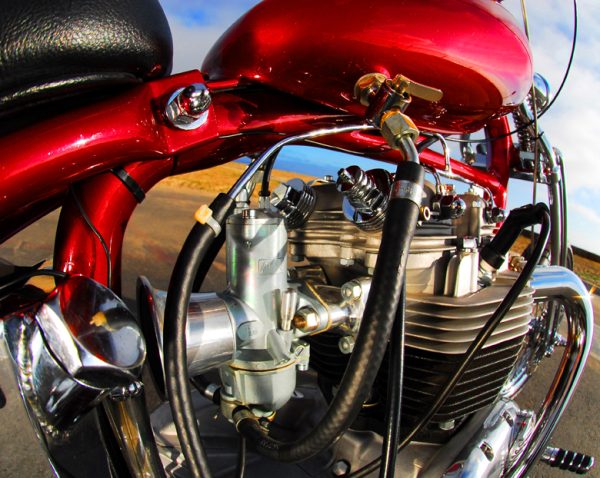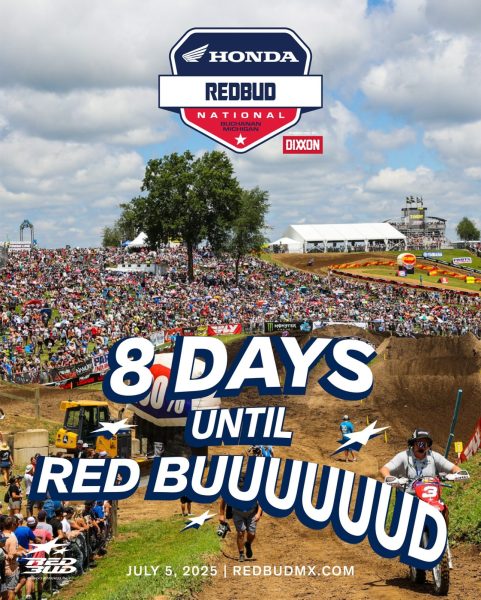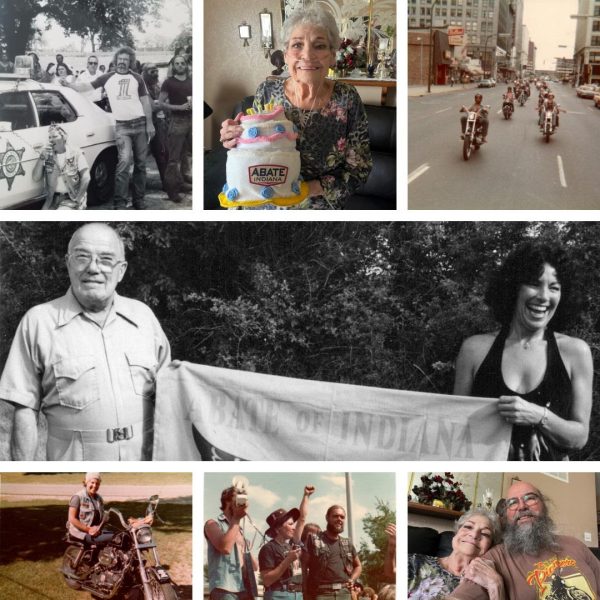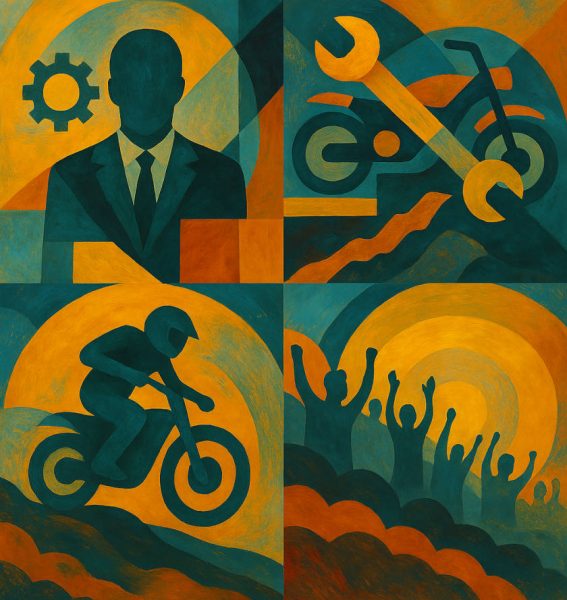Latest Articles
WIN BY HARLEY-DAVIDSON RACERS JAKE LEWIS & CORY WEST
HARLEY-DAVIDSON® PAN AMERICA® ST RACERS JAKE LEWIS AND CORY WEST WIN IN MISSION SUPER HOOLIGAN ...
1939 Harley-Davidson Knucklehead is headed to someone’s garage
ONLY TWO DAYS LEFT CLICK TO WIN https://store.wheelsthroughtime.com/win-this-bike The 2025 WTT Raffle Grand Prize is ...
CLUB FIGHTS 1976
I just watched the George Clooney and Evan McGregor film, “Men who Stare at Goats.” ...
National Council of Informed Riders
National Council of Informed Riders (National COIR) KEEPING YOU INFORMED National COIR has joined 5 ...
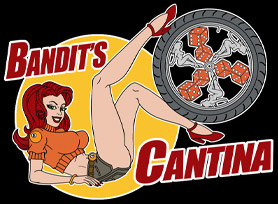
New in the Cantina
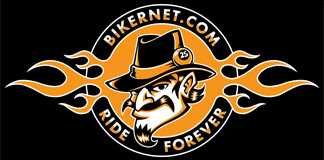
Weekly News
THE UNITED BIKERNET WEEKLY NEWS for June 2nd, 2022
Hey,I had a conversation with one of the most respected guys in our industry yesterday. ...
MEMORIAL DAY BIKERNET WEEKLY NEWS for May 26, 2022
Hey,Memorial day has always been the summer kick-off party. But in a sense, it’s the ...
THE LEADER BIKERNET WEEKLY NEWS for May 19th, 2022
Hey,As you know life is nuts and has been headed downhill fast. When I’m forced ...
THE ALMOST BEST OF TIMES BIKERNET WEEKLY NEWS for May 12th, 2022
Hey,Life is nuts, but we're living in the best of times, except for Ukraine and ...
Tech Articles
A Peak Inside Goldammer Studios
Roger, with his bike, on the salt in 2006.We’ve been scrambling on our own 2007 ...
ACORN NUTS MEET THE MUDFLAP GIRL
." style="color: #ffbb04; text-decoration: none; font-weight: bold; "> ACORN NUTS MEET THE MUDFLAP GIRL-- P/N: ...
Tranny and Engine Seal Tool Tech
This is nuts. Only 16 states have passed laws against talking on cell phones or ...
S&S Hot Rod Pro Stock 160-Inch Engines
S&S 160CI Billet Pro Stock EngineThe engine you see before you is not your average ...
Bike Features
Japan Crowned AMD World Championship
Japanese builder Suicide Customs scored a convincing first place in the 12th AMD World Championship ...
A Custom Indian Chief like no other
click on the images to zoom-in This past weekend, at the Barber Vintage Motorcycle Festival, Indian ...
Larry Barnes And His Indian
Like so many other motorcyclists, my Dad was directly responsible for getting me involved in ...
Jim’s Long-Term Classic Triumph Chopper
Some guys go through bikes like wives. Others find a bike and keep it for ...
Event Features
WIN BY HARLEY-DAVIDSON RACERS JAKE LEWIS & CORY WEST
HARLEY-DAVIDSON® PAN AMERICA® ST RACERS JAKE LEWIS AND CORY WEST WIN IN MISSION SUPER HOOLIGAN ...
Roads to Redbud 2025
Hey all - anyone venturing to Buchanan Michigan on the 5th of July, for the ...
Happy Birthday ABATE Of Indiana
In the mid-seventies, the motorcycle rights movement really started in earnest. This is why many ...
AMA Motorcycle Hall of Fame Announces Class of 2025
Six distinguished motorcyclists to be inducted on Oct. 23 during the AMA Hall of Fame ...
